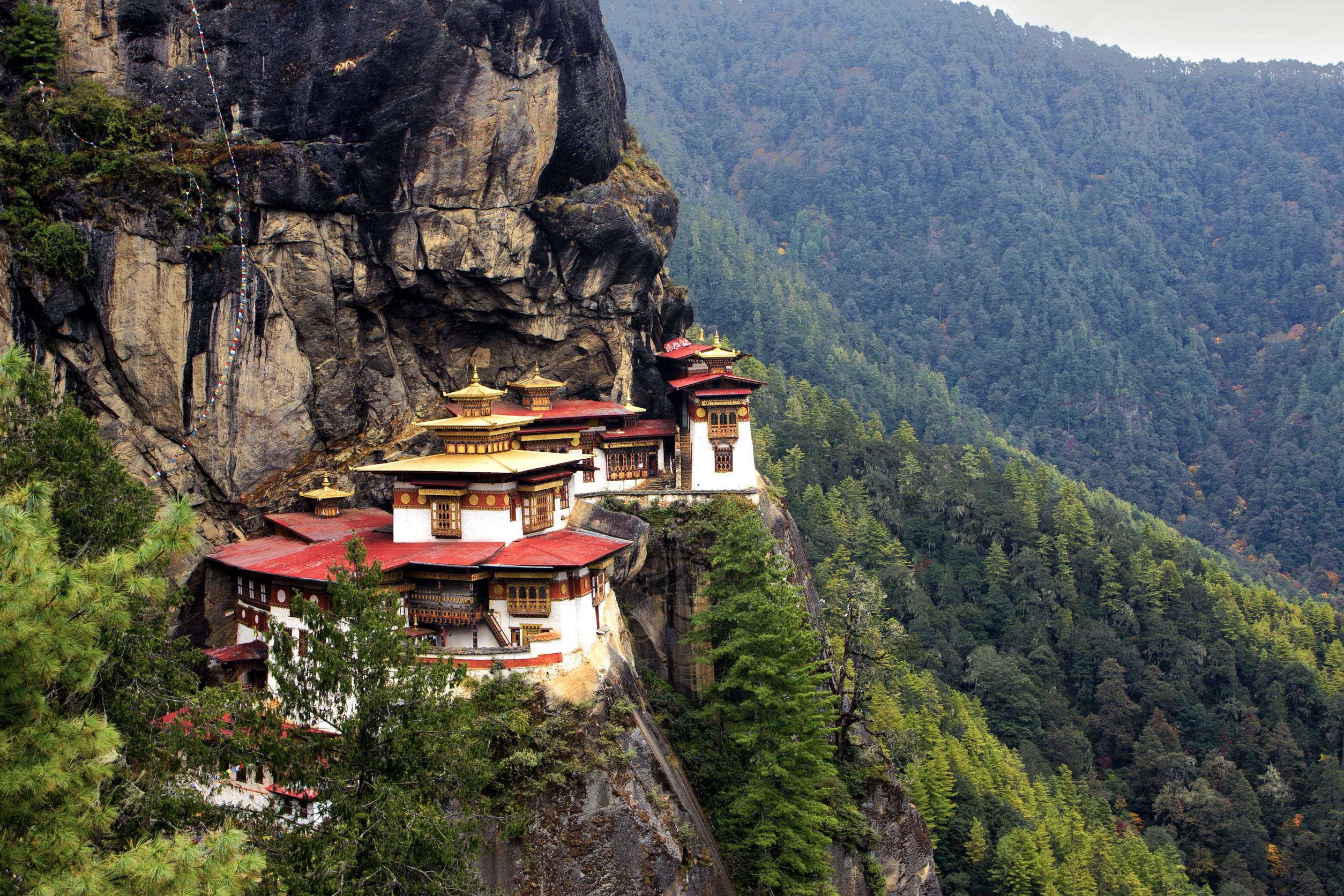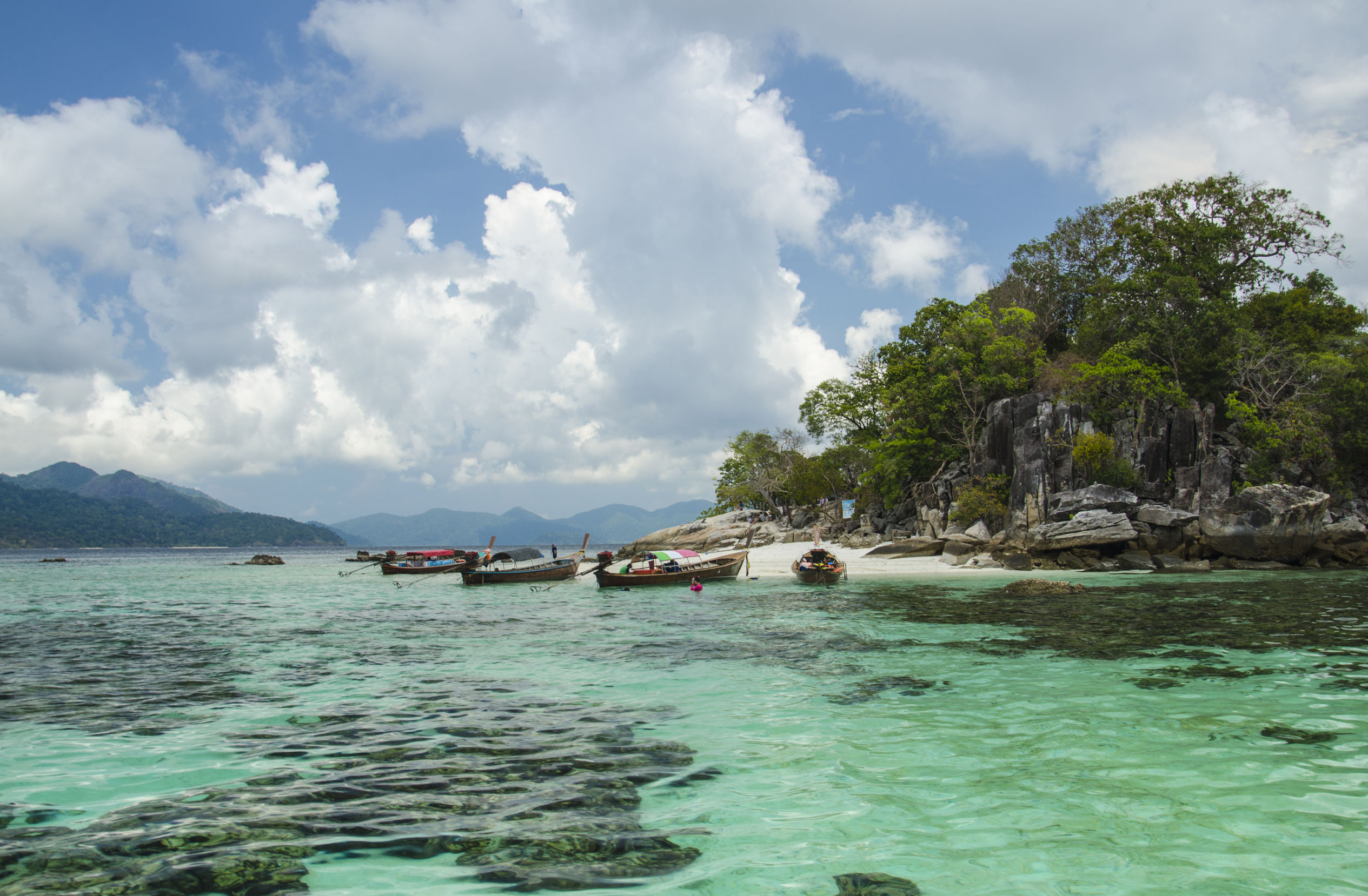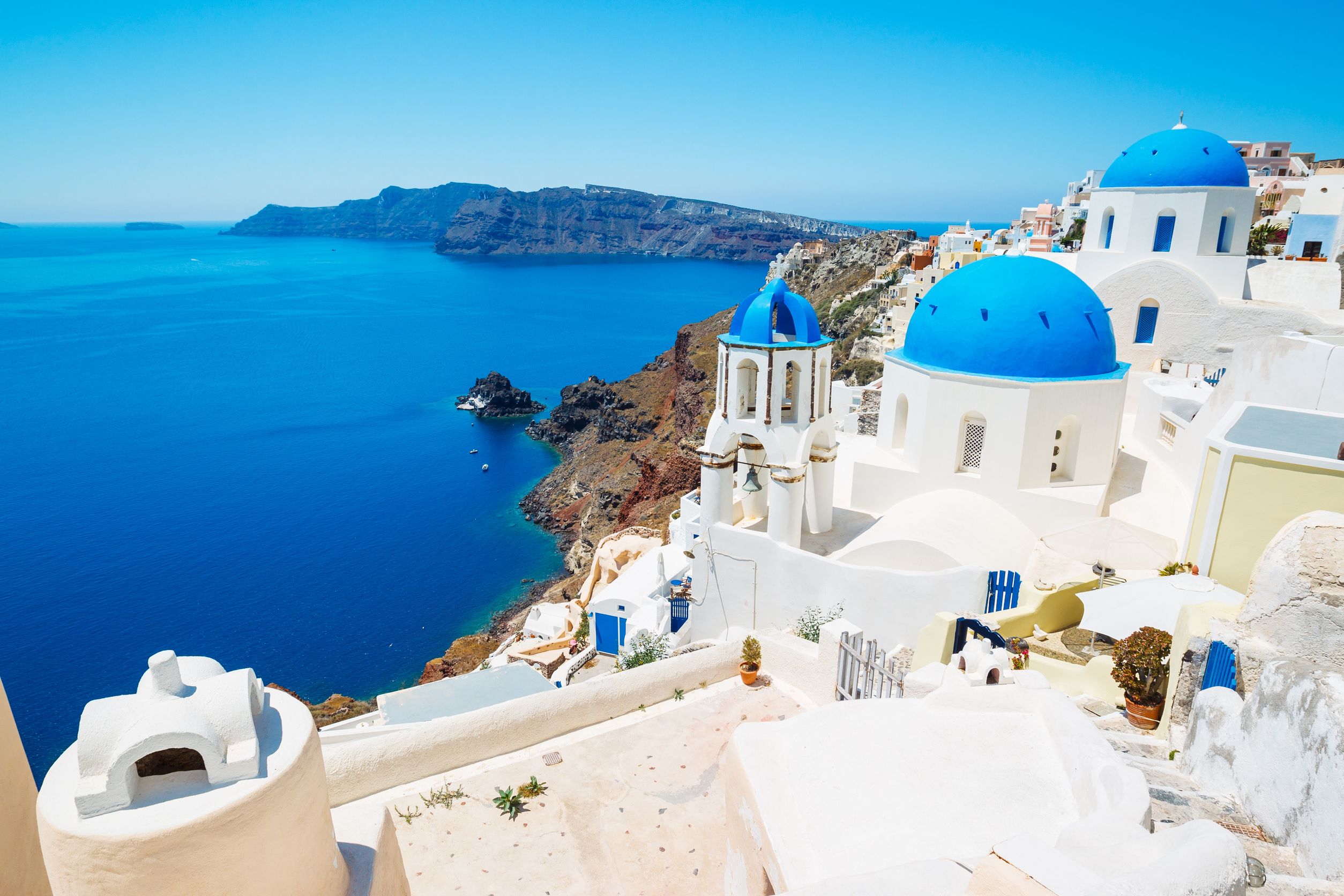Five places that now hate tourists
Places that are touristic attractions have a boosting economy, and local authorities are happy to invest the money obtained from tourism in infrastructure and various other projects. But what happens, though, when there are too many tourists and the dynamics in those locations start to change and locals are getting dissatisfied?
These eight places are now starting to see the reverse of the medal when it comes to tourism, and have even come up with strategies in order to minimise the number of visitors and the touristic impact.
Bhutan

Bhutan started doing proper tourism only in 1974 and has a tourism policy that states aims “To foster a vibrant industry as a positive force in the conservation of environment, promotion of cultural heritage, safeguarding sovereign status of the Nation for significantly contributing to Gross National Happiness,” but since then there have been plenty of regulations in place so that the country respects a “high value, low impact tourism”. This led to limiting the number of tourists and a £190 fee per day for visas and the privilege of seeing the country.
According to the Tourism Council of Bhutan, ”The Royal Government, has adopted a very cautious approach to growth and development of the tourism industry in Bhutan.”
Koh Khai islands, Thailand

The Koh Khai islands in tourist-friendly Thailand are famous for their colourful corals and were a popular attraction for day-trippers from nearby Phuket. The islands had around 4,000 visitors per day. However, the Department of Marine and Coastal Resources (DMCR) said that up to 80 per cent of reefs have been damaged due to human activity, so in May 2016, it was decided to ban tourists from the area, as well as remove all tourist facilities.
“Tour groups spend at least three hours swimming, feeding fish and snorkelling in the water, which severely damages the marine ecosystem, especially on coral reefs,” Department of Marine and Coastal Resources regional chief Watcharin Na Thalang said.
Amsterdam, The Netherlands

“Cities are dying from tourism. No one will be living in the historic centres anymore. A lot of smaller historic cities in Europe are getting destroyed by visitors,” said Frans van der Avert, Amsterdam Marketing chief executive. “We don’t spend even €1 in marketing Amsterdam anymore. We don’t want to have more people. We want to increase the quality of visitors – we want people who are interested in the city, not who want it as a backdrop for a party. We see lots of visitors with no respect for the character of the city,” he further added. Van der Avert also mentioned the negative impact that Airbnb has
Van der Avert also mentioned the negative impact that Airbnb has in the city, stating that the canal district of Amsterdam was hard hit by the speculators and investors that made it hard for locals to live there.
Barcelona, Spain

“We don’t want the city to become a cheap souvenir shop,” Ada Colau, Barcelona’s first female mayor declared in 2015. She then went on to freeze licences for all new hotels and holiday rental apartments and gave Airbnb a €30,000 (£24,000) fine. Moreover, she suggested limiting the number of visitors and introducing a new tourist tax. Ada Colau declared that “We don’t want a city only for tourists,” and gave Venice as an example of what tourism can do to a city in a negative way.
Santorini, Greece

Greece’s busiest port announced in 2016 that it will have to limit the number of cruise ship visitors. The island was receiving 10,000 cruise ship visitors per day, and the number was now capped at 8,000. The 636 cruise ships that docked in 2015 and brought 790,000 visitors that year were seen as too much by the local authorities.